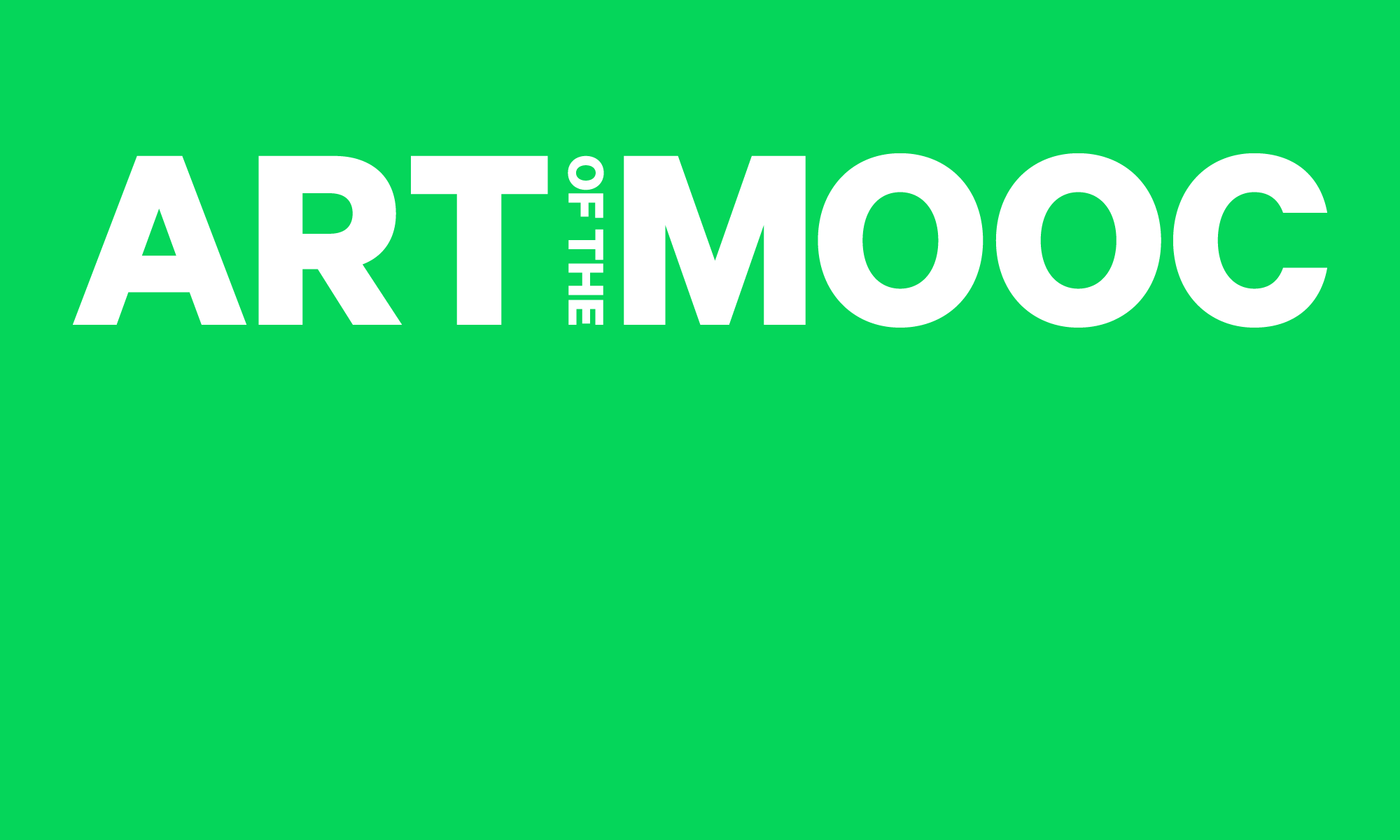
The work that caught my eye the most out of these lectures was the Pad Thai piece by Rikrit Taravanija. This piece was simple – a kitchen set up in the art gallery where he was cooking Pad Thai, and viewers could come up and get a cup of it. The idea was to emphasize the social relationship between artist and audience. This relates to the “Horizontal Dialog” discussed in my wiki entry on the 1.3 video lectures, and I think it is an even better example of the audience and the artist communicating. In the television shows of Hugo Chavez or Bob Ross, although they certainly engaged their viewers and showed great communication between themselves and their audience, it was a much more one-sided form of communication, as any television program would be. The Pad Thai piece forces the viewer to have a direct, personal interaction with the artist, which really pushes the social aspect of the artwork to a new level. Also, the Pad Thai is an interesting commentary on what “art” is and brings up a lot of questions about what can be considered art. These questions are very subjective and difficult to answer. What is the difference between this Pad Thai piece and an actual food stand? How can giving away Pad Thai be considered art? Is it because of how out-of-place a Pad Thai station is in an art gallery? If we took this piece out of the gallery and moved it to the museum cafeteria, would it still be art? The question of what is considered “art” is a huge one, one that has been debated probably since the concept of “art” was first introduced.

